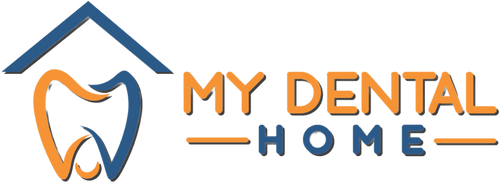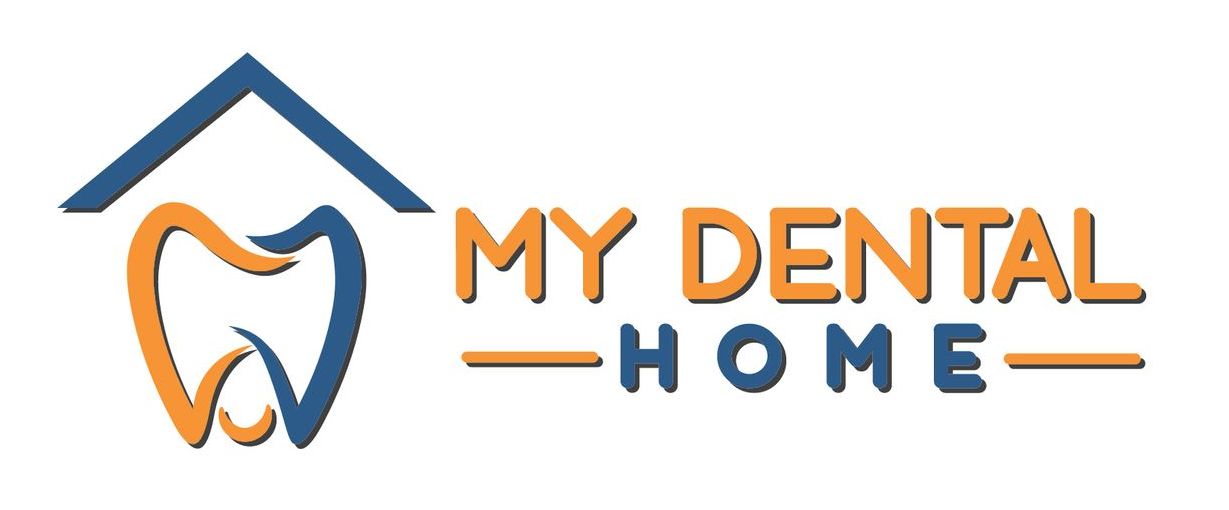Periodontal Disease: Causes, Symptoms, and Treatment Options
This is a subtitle for your new post
Periodontal disease, also known as gum disease, is a common yet serious oral health condition that affects millions of individuals. It not only compromises the health of your gums and supporting structures but can also lead to tooth loss and other health complications if left untreated. At My Dental Home Clinic in Swartz Creek, Michigan, our expert team is committed to providing personalized care and effective solutions to address periodontal disease, ensuring that you enjoy long-term oral health benefits.
This in-depth guide is designed to help you understand the complexity of periodontal disease, identifying its causes and common symptoms, while highlighting the significance of early detection and preventive care. Furthermore, we will shed light on various treatment options available at My Dental Home Clinic, ranging from nonsurgical interventions to advanced surgical techniques, aimed at tackling the disease at its core and preventing further damage to your oral health.
By empowering you with the knowledge and understanding of periodontal disease, its consequences, and the importance of prompt action, you can take charge of your oral health and prevent the progression of this potentially debilitating condition. At My Dental Home Clinic, we are dedicated to providing comprehensive dental care that addresses both the symptoms and underlying factors contributing to periodontal disease, delivering lasting results to safeguard your oral health and overall well-being.
Embark on this informative journey to explore the world of periodontal disease, discover prevention strategies, and learn about treatment options available at My Dental Home Clinic. With our team's expertise and guidance, you can achieve and maintain healthy gums, a beautiful smile, and overall oral wellness.
What is Periodontal Disease and What Causes It?
1. An Overview of Periodontal Disease: Periodontal disease, commonly referred to as gum disease, is an inflammatory condition affecting the gums and supporting structures around the teeth, such as ligaments and bone. It is primarily caused by bacterial infection resulting from the buildup of plaque on teeth, and it occurs in two stages: gingivitis (initial stage) and periodontitis (advanced stage).
2. The Role of Plaque and Bacteria in Gum Disease: Dental plaque is a sticky film made up of bacteria and food debris that constantly forms on teeth. When not removed through proper oral hygiene, plaque accumulates and hardens into tartar, which can irritate the gums and lead to infection. The inflammatory response from this bacterial invasion, if unchecked, can result in the breakdown of the gums, bone, and supportive tissues, ultimately leading to tooth loss.
3. Risk Factors Associated with Periodontal Disease: While bacterial plaque is the primary cause of periodontal disease, several factors can increase your risk of developing gum disease, such as:
a. Poor oral hygiene habits
b. Smoking or tobacco use
c. Genetic predisposition
d. Medical conditions like diabetes, cancer, and autoimmune diseases
e. Hormonal fluctuations (e.g., pregnancy, menopause)
f. Medications that cause dry mouth or gum enlargement
Common Symptoms of Periodontal Disease
1. Red, Swollen, or Bleeding Gums: One of the initial signs of gum disease is red, swollen, or tender gums that bleed easily during brushing or flossing.
2. Persistent Bad Breath or Taste: Bacteria and food debris trapped below the gumline can lead to chronic bad breath (halitosis) or an unpleasant taste in the mouth.
3. Receding Gums: As periodontal disease progresses, the gums may pull away from the teeth, making them appear longer or exposing the tooth roots.
4. Loose or Shifting Teeth: Advanced gum disease can weaken the supporting structures of the teeth, resulting in loose or shifting teeth.
5. Changes in Bite and Jaw Alignment: The destruction of gum tissue and bone support can cause changes in the way your teeth fit together, affecting your bite and jaw alignment.
The Importance of Early Detection and Regular Dental Checkups
1. Benefits of Early Detection: Detecting periodontal disease in its early stages is crucial for successful treatment and minimizing potential complications. Timely intervention can help manage the condition, prevent further damage to oral structures, and preserve the health and functionality of your teeth.
2. How Regular Dental Checkups Help Prevent Periodontal Disease: Scheduling regular dental checkups and cleanings at My Dental Home Clinic allows our team to monitor your oral health, detect signs of gum disease, and perform a thorough removal of plaque and tartar buildup. These preventive measures are essential in maintaining healthy gums and preventing the progression of periodontal disease.
Treatment Options for Periodontal Disease at My Dental Home Clinic
1. Nonsurgical Treatments: For patients with early-stage or mild periodontal disease, nonsurgical treatments can be effective in controlling the condition and preventing progression. Some common nonsurgical treatments include:
a. Scaling and Root Planing: This deep-cleaning procedure involves the removal of plaque and tartar buildup from above and below the gumline, and the smoothing of tooth roots to promote gum reattachment.
b. Antibiotic Therapy: Topical or oral antibiotics can help control bacterial infection and reduce inflammation associated with periodontal disease.
2. Surgical Treatments: In cases of advanced gum disease or when nonsurgical treatments are insufficient, various surgical options may be recommended by our team at My Dental Home Clinic, such as:
a. Pocket Reduction Surgery: Also known as flap surgery, this procedure involves lifting the gums, removing tartar, and suturing the gums back in place, reducing the depth of periodontal pockets and facilitating easier access for cleaning.
b. Gum Graft Surgery: For patients facing gum recession, gum graft surgery involves taking tissue from another part of the mouth and attaching it to the exposed tooth roots, providing protection and promoting gum tissue regeneration.
c. Guided Tissue Regeneration: This advanced technique involves the placement of a special barrier membrane between the gum tissue and bone, stimulating the growth of new bone and tissue support for teeth affected by periodontal disease.
Preventive Measures to Maintain Healthy Gums
1. Proper Oral Hygiene Practices: Regular brushing, flossing, and using an antimicrobial mouthwash can help remove plaque and prevent the buildup of harmful bacteria.
2. Lifestyle Factors Affecting Gum Health: Quitting smoking, reducing stress, improving dietary choices, and managing chronic health conditions can positively impact your gum health and overall wellbeing.
3. Regular Dental Visits: Maintaining routine checkups and cleanings at My Dental Home Clinic will ensure the early detection and treatment of any signs of periodontal disease, protecting your oral health for years to come.
Conclusion
By understanding periodontal disease, its causes, and symptoms, and taking action through preventive measures and seeking timely treatment, you can maintain healthy gums and a radiant smile. Trust the expert team at My Dental Home Clinic in Swartz Creek, Michigan, to provide compassionate care and comprehensive solutions to help preserve your oral health and overall well-being. Schedule an appointment with our
cosmetic dentistry clinic today to protect your smile, and embrace the confidence that comes with excellent oral health.
Share This Post

